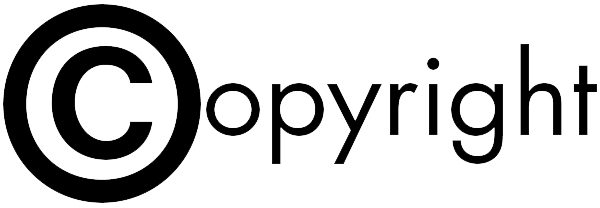The Effect of Value Added Tax (VAT) Revenue Ratio and C-Efficiency Ratio on Tax Ratio in Indonesia
DOI:
https://doi.org/10.56282/jtlp.v3i1.503Abstract
Indonesia's tax ratio has been dominated by income tax (PPh) for the past ten years, exceeding 50%. The overall objective of Value Added Tax (VAT), which is to tax consumption broadly, should suggest a greater role for VAT in increasing the tax ratio in Indonesia. Based on the multiple linear regression method on the data of tax ratio, VRR, and C-efficiency of VAT from 2014 to 2022, this study produces 3 (three) conclusions. First, VRR affects the tax ratio. Second, the C-Efficiency ratio affects the tax ratio. Third, the VRR and C-Efficiency Ratio of VAT simultaneously affect the tax ratio. VRR and C-Efficiency Ratio of VAT affect the variable tax ratio by 91.8%, while other variables outside this regression equation influence 8.2%. It is recommended that in increasing the C-efficiency of VAT, Indonesian tax authorithy must reformulate the VAT regulations by paying attention again to VAT regulations related to the budgetary function and regulatory functions which have a direct influence on the calculation of C-Efficiency of VAT. The reformulation of VAT regulations also must be accompanied by VAT enforcement as the consequence of the implementation of the self-assessment system in Indonesia.
Downloads
Downloads
Published
How to Cite
Issue
Section
License
Copyright (c) 2024 Journal of Tax Law and Policy

This work is licensed under a Creative Commons Attribution-NonCommercial-ShareAlike 4.0 International License.








